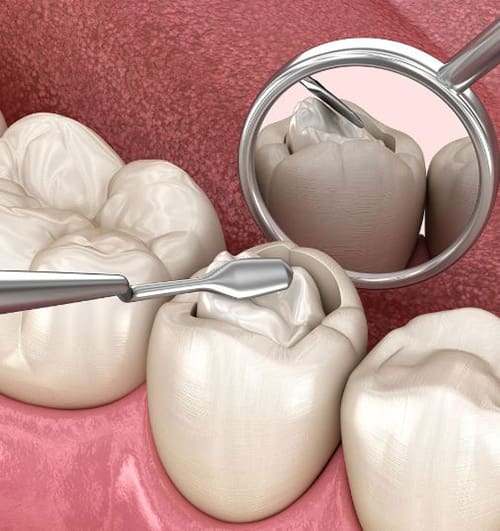
Most people will need a dental filling at some point in their lives, but not everyone knows exactly what a filling is or why it’s necessary. If your dentist has told you that you need one, don’t worry — it’s a very routine and highly effective treatment.
A dental filling is a way to restore a tooth that has been damaged by decay, wear, or minor fractures. It helps return the tooth to its normal shape and function while preventing further decay. In this post, we’ll explore what fillings are, why they’re needed, the different types available, and what you can expect during the procedure.
Why Do I Need a Filling?
Dental fillings are most commonly used to treat cavities — areas of tooth decay caused by bacteria. When you eat or drink sugary or starchy foods, the bacteria in your mouth produce acids that wear down your tooth enamel. If not removed with regular brushing and flossing, this can lead to holes in your teeth, known as cavities.
If left untreated, a cavity can grow deeper, reaching the inner parts of the tooth and potentially causing pain, infection, or even tooth loss. A filling stops the decay in its tracks by cleaning out the damaged part of the tooth and filling in the space to prevent further issues.
The Dental Filling Procedure
Getting a filling is a straightforward process that typically takes less than an hour. Here’s what usually happens:
- Numbing the area – Your dentist will numb the area around the affected tooth with a local anesthetic to ensure you don’t feel any pain during the procedure.
- Removing the decay – Using a dental drill or laser, your dentist will remove the decayed or damaged part of the tooth.
- Cleaning the cavity – Once the decay is removed, the area is cleaned to eliminate bacteria and debris.
- Placing the filling – The dentist fills the space with a filling material and shapes it to match your natural tooth.
- Polishing – After the filling is set, it is polished to smooth the surface and ensure a comfortable bite.
Most patients feel little to no discomfort after the numbness wears off, and normal eating and drinking can usually resume the same day.
How to Care for a Tooth With a Filling
Fillings are tough, but they still need proper care to last as long as possible. Here are some helpful tips:
- Brush and floss daily to prevent new decay around the filling
- Visit your dentist regularly for checkups and cleanings
- Avoid chewing hard objects like ice or pens, which can crack fillings
- Let your dentist know if you experience pain, sensitivity, or if your bite feels off
With proper care, most fillings last between 5 to 15 years or longer, depending on the material and your oral hygiene habits.
Dental Fillings are Safe
Dental fillings are a safe, effective, and common way to treat cavities and restore your oral health. If your dentist has recommended a filling, it’s important to act sooner rather than later. Delaying treatment can lead to more serious dental problems and potentially more complex (and expensive) procedures.
The process is quick, virtually painless, and can go a long way in protecting your smile for years to come. If you think you might need a filling or are experiencing tooth pain or sensitivity, schedule a visit with your dentist today.
